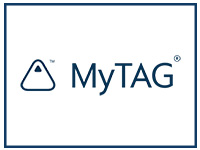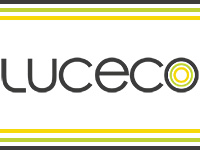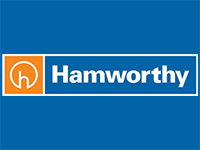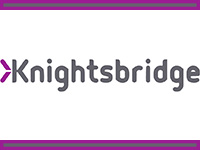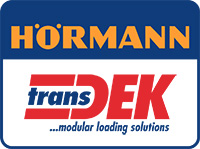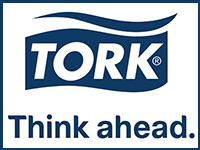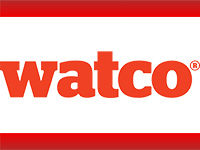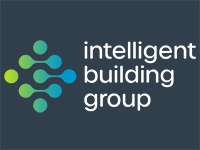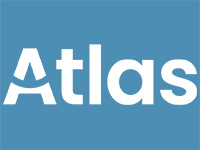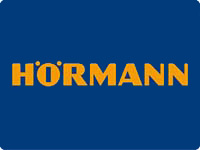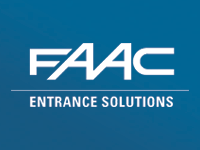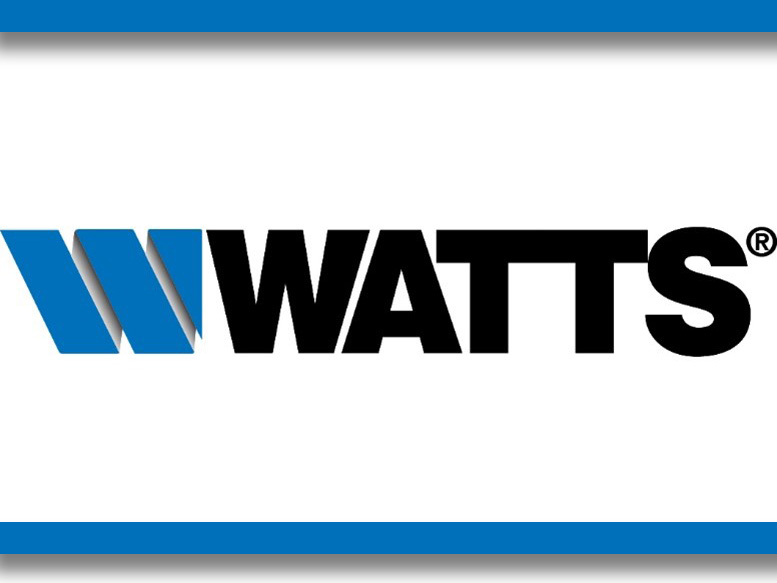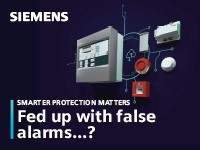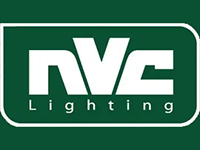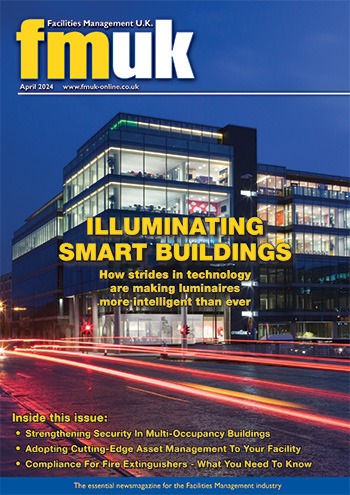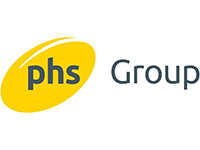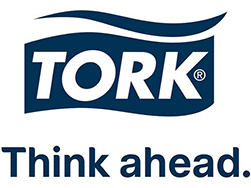Enhancing PV System Safety Through Innovation
 By Christelle Barnes, UK Country Manager, SolarEdge Technologies.
By Christelle Barnes, UK Country Manager, SolarEdge Technologies.
Installing PV systems has become increasingly more attractive to homeowners and businesses due to their improved economics. With the proliferation of solar energy, it is important to keep in mind that they are mini power stations. While PV systems are safe, certain safety measures should be considered during design and installation.
Advanced global standards and regulations are leading the solar industry towards improved system safety. While PV safety requirements are the responsibility of each individual country and may vary according to the region, regulations are having a collective impact on driving industry safety standards forward. For instance, the United States is one of the leaders in PV system safety regulations. In its provision of the National Electrical Code (NEC), which reduces the shock hazard in PV arrays, there is a rapid shutdown functionality requirement in rooftop systems. The requirement states that controlled conductors beyond one foot (30.5cm) of the array need to be reduced to 30 volts or less within 30 seconds, allowing installers, maintenance workers and firefighters to quickly handle the system after shutdown. Another example is the German VDE-AR-E 2100-712 standard, which calls for, among other requirements, that after switching off the AC power supply, first responders are not exposed to the risk of electrocution from direct contact with high-voltage DC cables.
Additional safety regulations focus on other important areas such as arc detection. These advanced safety regulations require the implementation of arc detection functionality designed to mitigate the effects of arcing faults that under certain conditions, potentially pose as fire risks. The United States has one of the strictest arc detection standards, UL 1699B, which calls for detection of specific arcs as they occur. The United Kingdom has yet to implement arc detection requirements; however, insurance companies may request it.
As important as safety regulations are to enhancing PV system safety, so too are the technology advancements setting new benchmarks for higher levels of safety. While traditional inverters may offer limited safety solutions, new technology advancements precede and sometimes surpass safety standards, and even offer cost- and time-effective benefits. Traditional inverters have limited safety functionality. This is because even when the inverter is shutdown, current flow in the DC cables is not necessarily de-energised, meaning the roof is still unsafe for first responders. For these traditional inverters to meet safety standards, additional, safety-specific hardware typically needs to be purchased and installed. However, with more advanced technology, such as DC optimised inverters, safety functionality, which meets regulations to reduce DC voltage when the inverter or AC energy is shut down, is already embedded within the solution itself.
These types of safety advancements offer benefits to all stakeholders. Firefighters are able to approach the roof without the risk of electrocution. Maintenance personnel are able to perform physical inspections on the PV system. When safety technology is embedded into module-level electronics that also provide module-level monitoring, then an additional benefit for maintenance personnel is that they can perform remote troubleshooting to limit the amount of work with high voltages on the roof. Lastly, system owners receive peace of mind and improved ROI as a result of the safety technology being embedded into the solution without additional costs and a possible decrease in insurance rates.
Although uncommon, a fire outbreak on a building with a PV system can occur, this is when enhanced safety solutions can prove even more crucial. When a fire broke out at a Tasmanian complex that had a PV system, DMS Energy’s Adrian Luke was able to reassure the fire crew that despite the system having been damaged by the fire, exposing copper wires, all the cables had automatically de-energised and were touch-safe. This was due to the built-in SafeDC safety feature, which automatically reduces DC voltage to a safe level as soon as the grid power or inverter is turned off.
While fires that include PV systems are infrequent and even less frequent are fires caused by PV systems, the further advancement of safety functionality within the industry is important for the continued proliferation of PV. As industry bodies are focused on writing new standards, suppliers remain committed to leading the industry by developing advanced safety solutions, such as SafeDC and arc detection technology. The combination of evolving regulations and technological innovation, as well as consumer awareness, continues to drive safety forward.
Click the article to enlarge it.
















